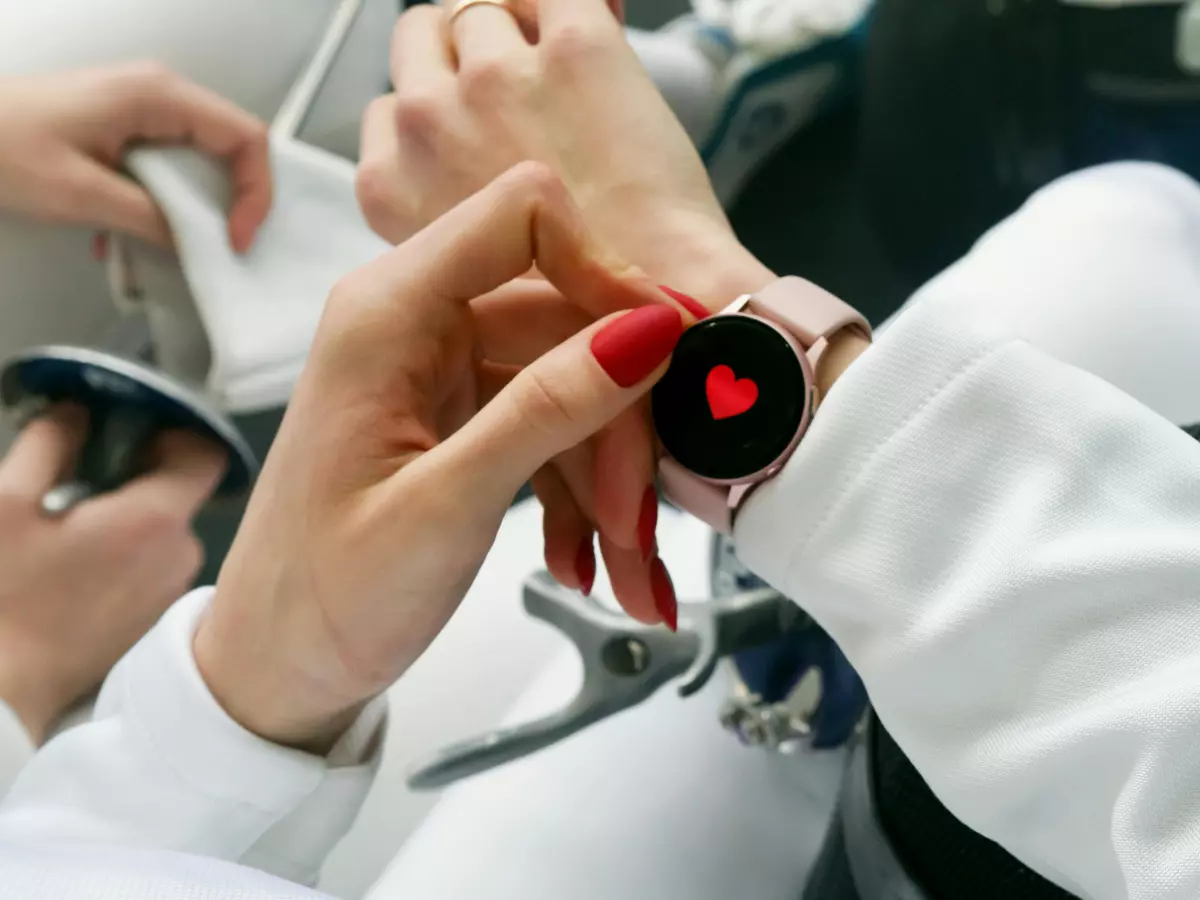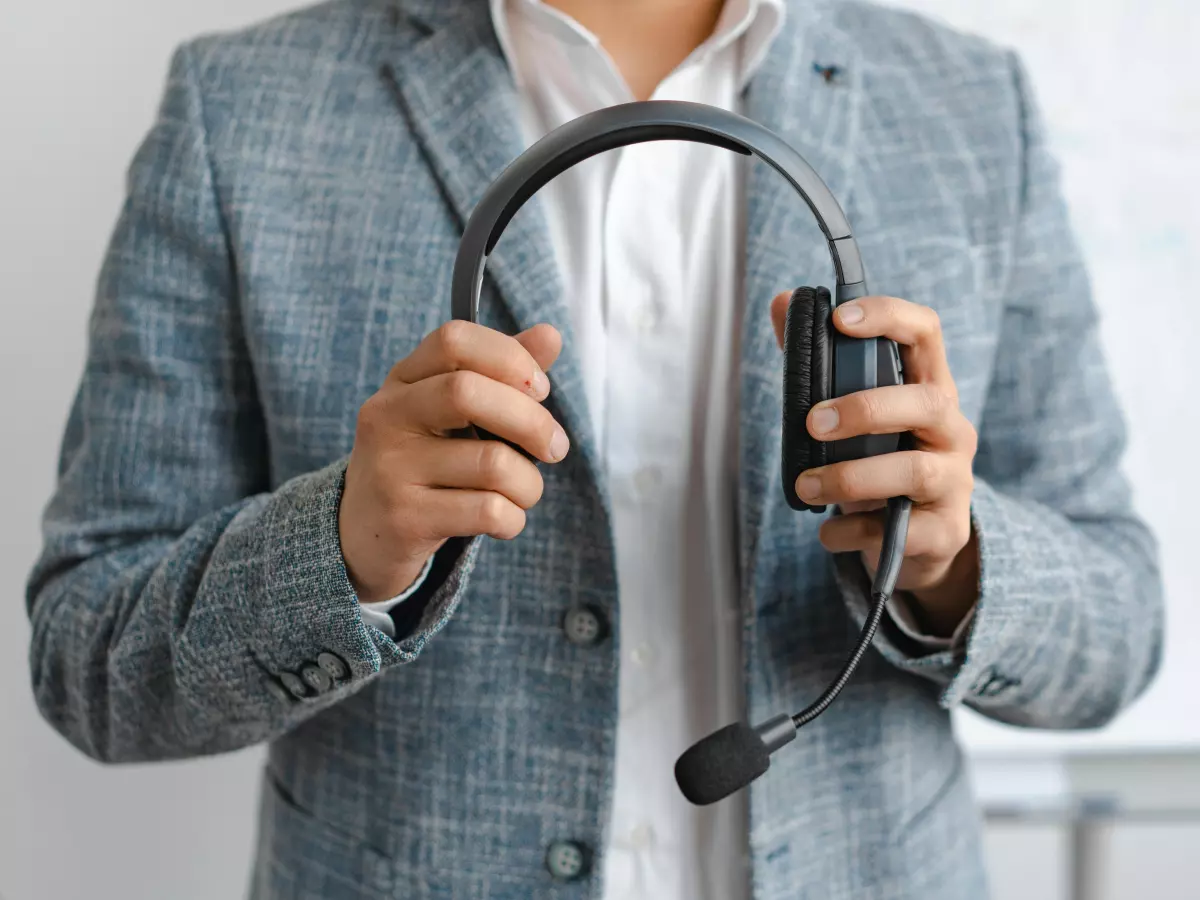Smart Power Play
Ever wonder how your wearable manages to stay alive for days without needing a charge? It’s time to dive into the secret sauce: sensors and software working in perfect harmony.

By Carlos Martinez
Picture this: You’re on a weekend hiking trip, miles away from any power outlet, and your smartwatch is still ticking. No low-battery warnings, no panic. How does it pull off this magic? The answer lies in the clever use of sensors and software integration. These tiny tech marvels are doing more than just tracking your steps—they’re also working overtime to keep your battery alive.
Wearables are packed with sensors that monitor everything from your heart rate to your sleep patterns. But here’s the kicker: these sensors are also designed to be power-efficient. Let’s break down five ways wearables use sensors to squeeze out every last drop of battery life.
1. Smart Sensor Activation
One of the coolest tricks wearables use is activating sensors only when needed. For example, your heart rate sensor doesn’t need to be on 24/7. Instead, it kicks in during workouts or when you’re sleeping, saving energy the rest of the time. This selective activation is a huge battery saver.
2. Low-Power Sensors
Not all sensors are created equal. Some are designed specifically to use less power. Accelerometers, for instance, can track your movement with minimal energy consumption. Wearables use these low-power sensors to handle basic tasks, reserving the more energy-hungry sensors for when they’re really needed.
3. Data Fusion
Here’s where things get really smart. Wearables often combine data from multiple sensors to get a fuller picture of what’s going on with your body. This process, called data fusion, allows the device to run fewer sensors at once, conserving battery life while still delivering accurate results.
4. Adaptive Sampling Rates
Wearables don’t need to collect data at the same rate all the time. For example, your GPS sensor might take readings more frequently when you’re running, but slow down when you’re walking. This adaptive sampling helps cut down on unnecessary power drain.
5. Software Optimization
Finally, let’s not forget the role of software. Advanced algorithms can predict when sensors need to be activated and when they can take a break. This smart scheduling ensures that your wearable isn’t wasting power on tasks that aren’t necessary, extending battery life even further.
So, next time you’re marveling at your wearable’s battery life, remember: it’s not just the battery doing the heavy lifting. Sensors and software are working behind the scenes to make sure your device stays powered up, even when you’re off the grid.




